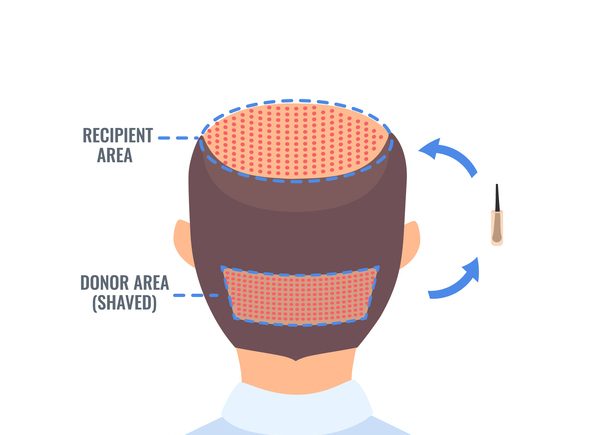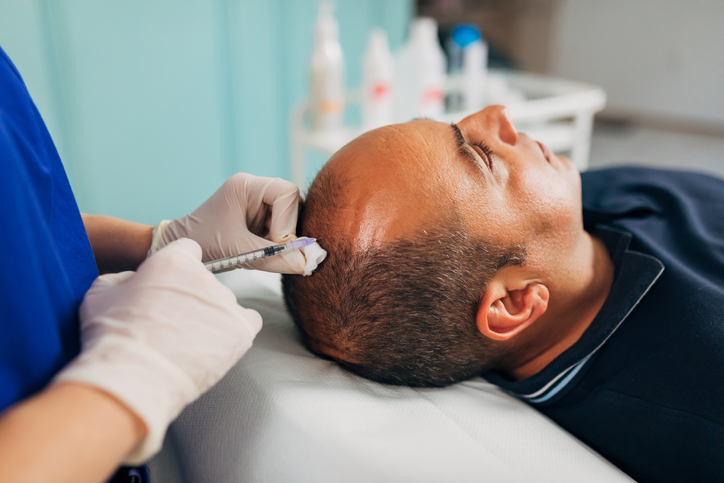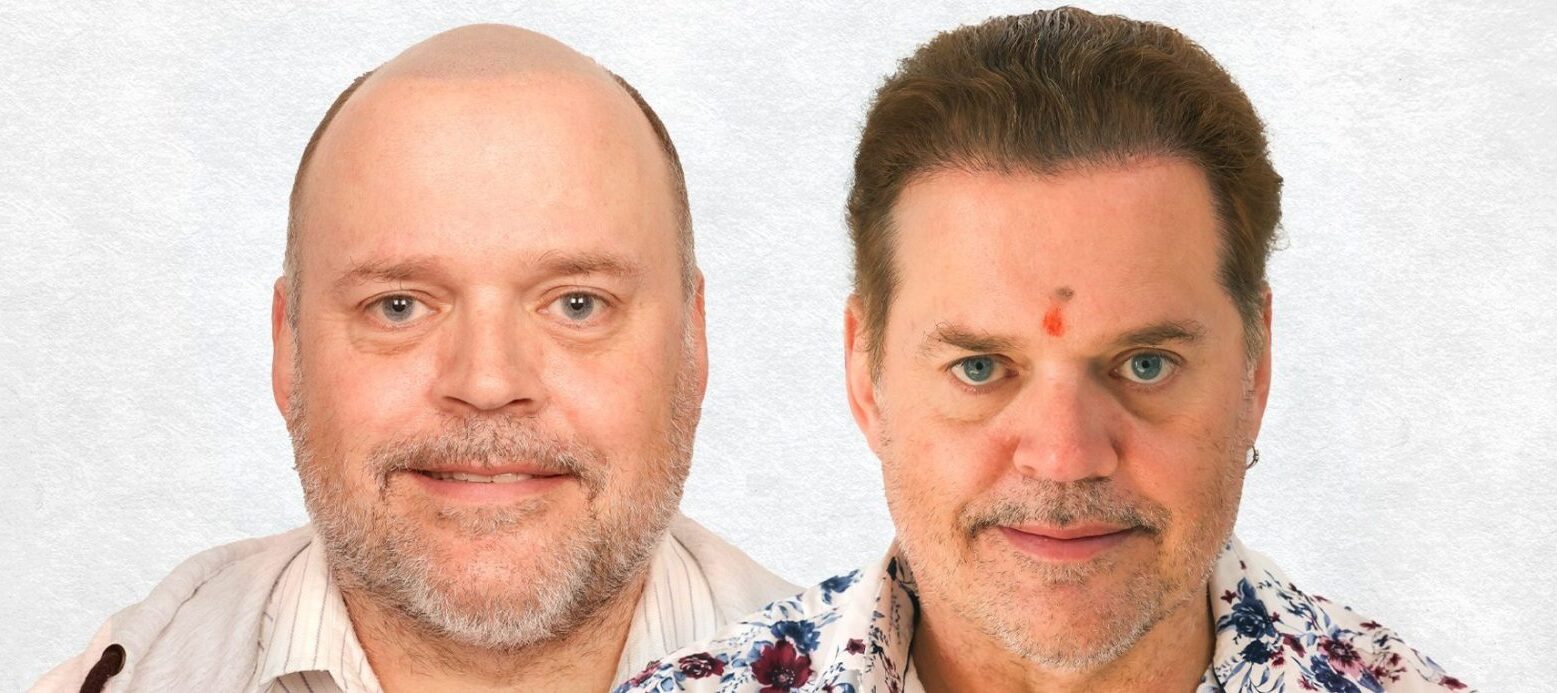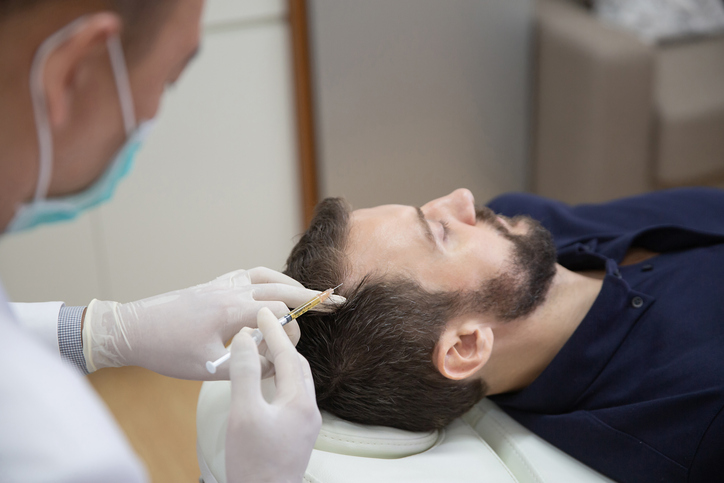Hair transplant procedures have emerged as an effective solution for restoring hair growth in areas where it has thinned or receded. If you’re considering a hair transplant, understanding what to expect during the procedure can help alleviate any concerns and ensure a smooth experience.
A hair transplant is a surgical procedure that involves transplanting hair follicles from one part of the body, known as the donor site, to the bald or thinning areas, known as the recipient site. The most common donor site is the back or sides of the scalp, where hair growth is usually dense and unaffected by male pattern baldness. Here is a step-by-step guide to what you can expect during a hair transplant procedure:
Consultation and Evaluation: The first step in the hair transplant process is a consultation with a qualified hair transplant surgeon. During this appointment, the surgeon will assess your hair loss pattern, examine the donor area, and discuss your goals and expectations. They will also explain the different techniques available, such as Follicular Unit Transplantation (FUT) or Follicular Unit Extraction (FUE), and help determine which one is most suitable for you.
Preoperative Preparations: Before the procedure, you may be advised to avoid certain medications, such as blood thinners, that can increase the risk of bleeding. On the day of the surgery, it is recommended to wear comfortable clothing and arrange for someone to drive you home afterwards, as the procedure is typically performed under local anaesthesia.
Anaesthesia: Once you are comfortably seated, the surgeon will administer local anaesthesia to numb the scalp. This ensures that you won’t experience any pain or discomfort during the procedure. You may also be offered a sedative if you feel anxious or nervous.
Donor Hair Extraction: In an FUT procedure, a strip of hair-bearing skin is removed from the donor area, and the wound is closed with stitches. This strip is then divided into individual grafts containing one to four hair follicles. In an FUE procedure, the surgeon uses a small punch tool to extract individual hair follicles directly from the donor area.
Recipient Site Creation: After the donor hair is extracted, the surgeon creates tiny incisions or slits in the recipient area, where the hair will be transplanted. The angle, depth, and density of these incisions are crucial for achieving a natural-looking result.
Graft Placement: The surgeon then meticulously places the harvested grafts into the recipient sites. This requires precision and artistry to ensure proper alignment and direction of hair growth. The surgeon may use magnification tools to enhance accuracy.
Postoperative Care: Once the graft placement is complete, the surgeon will provide instructions for postoperative care. This may include guidelines on how to wash your hair, avoid strenuous activities, and apply any prescribed medications or ointments. You may also be given a surgical cap or bandage to protect the transplanted area in the initial days.
Recovery and Results: The recovery period following a hair transplant can vary, but most people can resume their regular activities within a week or two. The transplanted hair may initially shed, but new hair growth should start within a few months. It’s important to note that the full results of a hair transplant can take up to a year to become apparent.
Follow-up Appointments: After the procedure, you will have scheduled follow-up appointments with your surgeon to monitor the healing process and assess the growth of the transplanted hair. These appointments are an opportunity to address any concerns or questions you may have.
In conclusion, a hair transplant procedure can be a life-changing solution for individuals experiencing hair loss. By understanding the process and knowing what to expect, you can approach the procedure with confidence and realistic expectations. Remember to consult with a qualified hair transplant surgeon to determine the most suitable technique for your specific needs. With proper preparation and postoperative care, you’ll be on your way to regaining a fuller head of hair and boosting your self-confidence.





